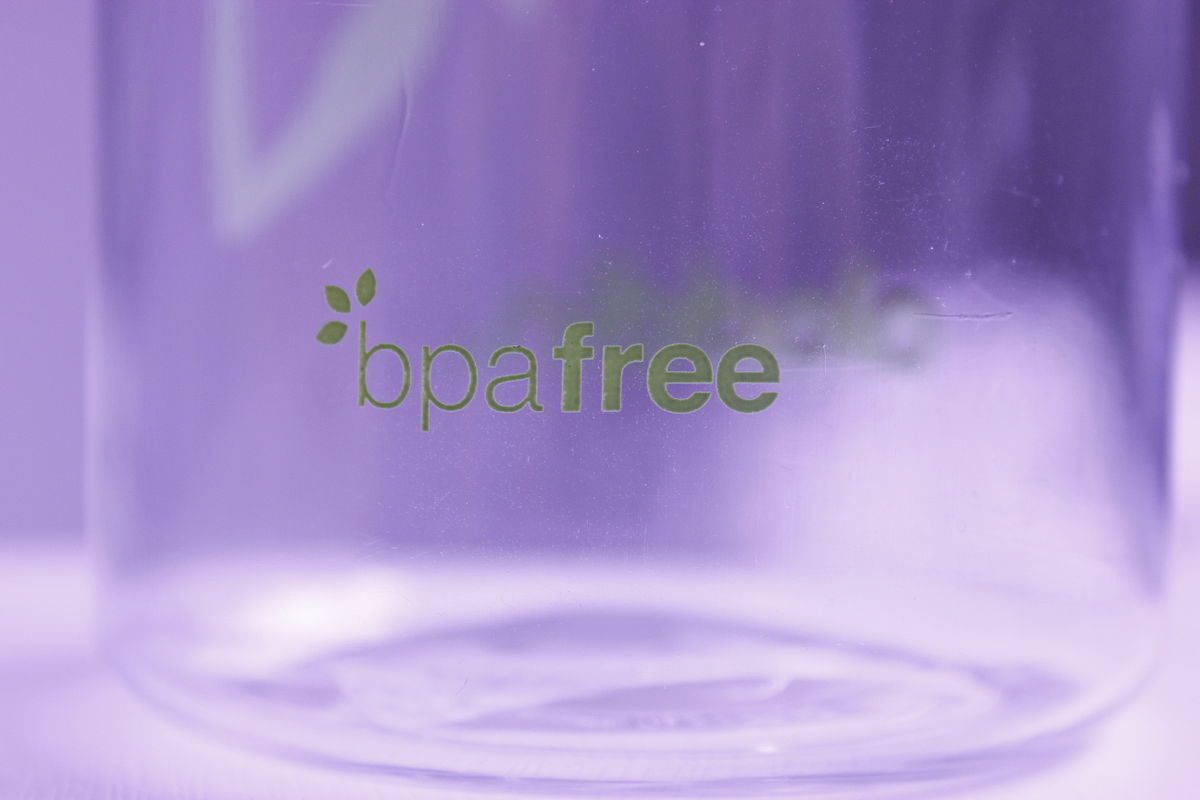For decades, the simplest solution for straightening teeth was braces. Fortunately, Invisalign provided another alternative for consumers, using a series of nontoxic, clear aligning trays to reposition crooked teeth and gradually move them back into their vertical position. However, despite its success, many current and prospective users are worried about potential BPA toxicity when they hear the word “clear plastic aligners.” As a result, many of them are wondering: “Does Invisalign have BPA?”
Invisalign contains no BPA and is a nontoxic and reliable solution for straightening teeth. Invisalign does not suffer from the kind of BPA seepage and breakdown found in some canned goods and plastic containers.
Although it has been declared safe by the FDA, it is understandable why people today, especially pregnant women, would be concerned about the BPA content of anything they put into their bodies or mouths.
What Is BPA?
BPA (Bisphenol A) is an industrial chemical used in many commercial products, including food containers and hygiene products, as well as canned foods, CDs, DVDs, medical equipment, containers, household electronics, and some dental filling sealants.
Discovered in the 1890s, BPA use in the United States took off in the 1950s, when manufacturers realized it could be paired with other compounds to create stronger plastics.
The next three decades would find new applications for BPA, making its use in household goods more widespread.
Despite FDA (Food and Drug Administration) approval, the BPA debate raged on from the 1980s to the 2000s as members of advocacy groups shared their concerns about BPA toxicity. During this time, multiple studies alleged that Bisphenol A was linked to obesity, infertility, diabetes, and other health issues. These reports suggested that BPA entered the body through one’s diet. For example, through canned foods or microwaved containers where BPA seeped into food.
Does Invisalign Have BPA?
Invisalign contains no Bisphenol A or phthalate plasticizers, which are both commonly found in plastics containing BPA. Instead, Invisalign is made from a clear, flexible plastic that is composed of medical grade, high polyurethane resins, which serve as a nontoxic alternative to BPA. Orthodontists and other dental professionals have reported, over and over again, that Invisalign remains incredibly safe.
Why Are People Online Worried about BPA?
Unfortunately, there is a lot of false information and conflicting reports online about the presence of BPA in Invisalign. This causes consumer anxieties to grow after they read false information. Therefore, it can sometimes be challenging for consumers to tell what data is true. Because there is so much inaccurate information on the web, it is recommended that patients seeking answers about BPA toxicity speak directly with a medical professional or their orthodontist.
BPA Toxicity and Infants

The issue of BPA toxicity is especially important to pregnant women concerned about the alleged effects of BPA and other chemicals on their unborn babies.
The risk of BPA in infants caused a public outcry to remove it from baby products, canned goods, containers, and other food packaging. Despite previously declaring BPA safe in 2008, the FDA, in response to these concerns, ordered that BPA be removed from baby bottles and sippy cups in 2012.
In 2018, the results of a two-year study of BPA validated claims by the FDA that products containing BPA were not making infants, children, or adults sick.
With no Bisphenol A contained in Invisalign, these clear aligners pose no health risk to children or pregnant women.
With No BPA, Invisalign Has a Proven Track Record of Safety
Free from worry of BPA, millions of Americans have chosen Invisalign as their choice for crooked teeth correction. BPA-free, Invisalign materials straighten crooked teeth by applying plastic aligners that work like mouthguards, comfortably slipping over teeth. Once applied, they move teeth vertically, causing them to level out and straighten.
A 2014 study, published in The American Journal of Orthodontics and Dentofacial Orthopedics, verified that Invisalign materials failed to demonstrate measurable levels of BPA.
Because Invisalign contains no BPA, users can safely maintain a normal lifestyle. This makes Invisalign a pleasing option for those wanting to avoid the attention caused by wires and brackets from braces.
In fact, as of 2018, the number of those using Invisalign for treatment tripled over the previous five years, with an expected 1.3 million using it this year.
The Benefits of Invisalign
While both traditional braces and Invisalign are nontoxic, straighten crooked teeth, and relieve other issues like overbites, the similarities end there. In these circumstances, Invisalign remains the best option for correcting teeth.
- Invisalign presents users with a custom-made alternative to braces, with patients often noticing an improvement within the first few weeks.
- Unlike braces, Invisalign clear aligners are removable and nearly invisible.
- Treatment time with Invisalign is usually shorter when compared to braces.
- Invisalign does not interrupt normal eating and drinking during treatment.
- It promotes good oral hygiene because the simplicity of removing aligners enables regular brushing and flossing. Cleaning Invisalign is simple, requiring nightly light rinsing followed by a gentle brushing with a toothbrush.
- Although they can cost more than metallic braces, most insurance plans cover Invisalign treatment. Orthodontists also offer patients a variety of payment options for Invisalign, making it an affordable option to patients who prefer clear aligners.
- Unlike braces, Invisalign does not require adjusting by an orthodontist. Instead, patients can move the clear aligners as needed.
- Invisalign materials are flexible and lightweight, making it a more comfortable fit than braces.
Those wondering “Does Invisalign have BPA?” should feel confident that it has brought smiles to patients for over two decades, giving them peace of mind that these clear aligners are safe.
For peace of mind about BPA and Invisalign, speak with your dentist about options for straightening crooked teeth. You can find someone offering Invisalign treatment by using our online search tool.


